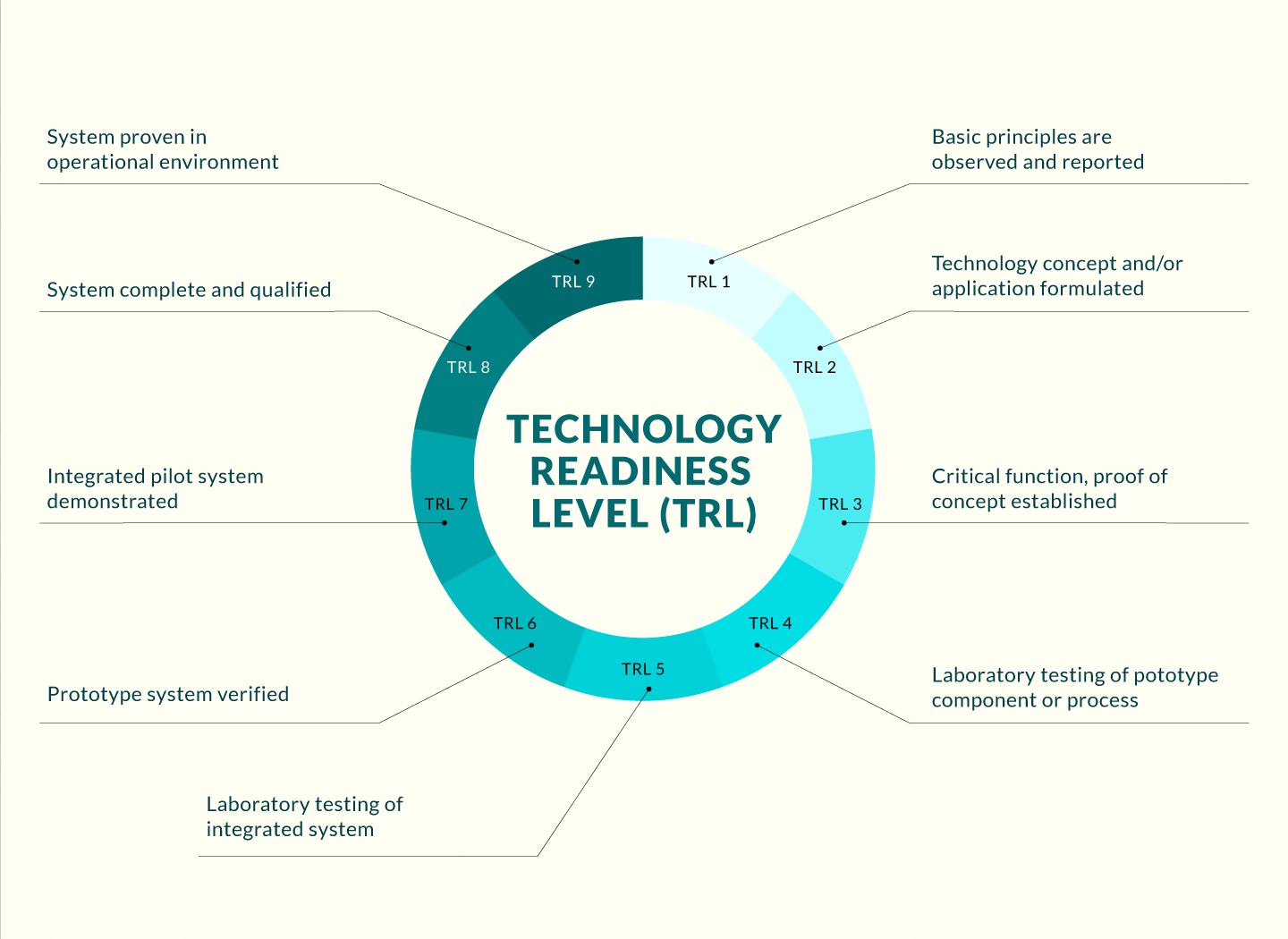

Opportunity
Photoacoustic imaging is a recently introduced and highly promising biomedical and clinical imaging technique that is based on laser-generated ultrasound. Briefly, using this technique, ultrasound waves, which are generated when laser light is absorbed by specific chromophores in tissues, are detected and used to measure various parameters. Versions of this technique, such as photoacoustic Doppler, photoacoustic correlation spectroscopy, and thermal diffusion flowmetry, are commonly used in clinical settings to measure the flow speed of bodily fluids such as blood in living bodies. However, these methods require large amounts of data to calculate flow speeds and are thus time-consuming and inefficient.
Technology
This invention involves a photoacoustic imaging- and sensing-based system and method used to determine flow (e.g., blood flow) speeds, and the related apparatus. Specifically, multiple laser pulses with different wavelengths are transmitted to the target, causing multiple photoacoustic signals to be emitted. These signals are then processed using a flow model that correlates them with known flow speeds to determine the flow speed of a liquid (e.g., blood, lymphatic fluid) in the target area. Similarly, an absorption model can be used to interpret the signals and calculate the concentration of a given target in liquid, such as haemoglobin in blood. Other models can be used to determine other blood parameters, such as compensated or uncompensated oxygen saturation. This method is performed using one or more processors that can be incorporated into a single photoacoustic imaging or sensing apparatus or separately into the same computing network and adjusted to enable different measures. Depending on the models and apparatus used, multiple properties can be determined simultaneously.
Advantages
- Reduced measurement time
- Ability to configure system and apparatus to measure different parameters
- Ability to measure multiple parameters simultaneously
Applications
- Clinical imaging
- Blood flow measurement
- Blood parameter measurements (haemoglobin, oxygen saturation)
- Biomedical research




